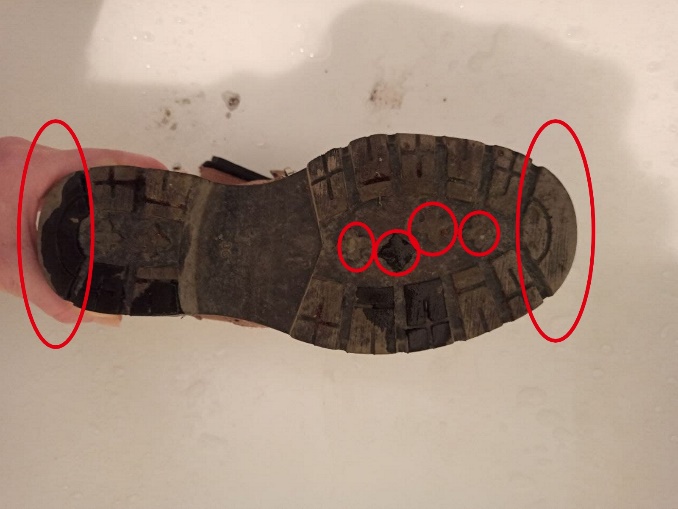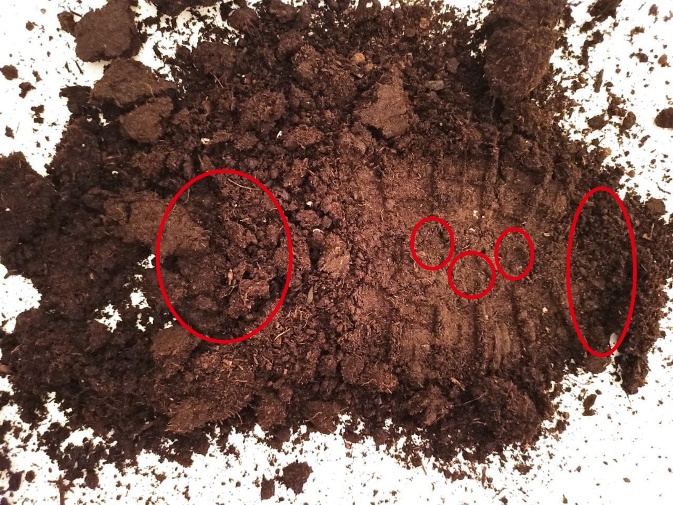When investigators show up at a crime scene and begin to do their job, one of the most important factors is the immunity to fingerprints, which can be found in various places. Moreover, the crime scene often contains the tire and shoe prints of the perpetrators or victims. After conducting an analysis, the inspectors can collect information that will help them find suspects. It can provide such data as the type of shoe and approximate size, the number of people at the crime scene, and the location where the shoe prints are most often found (Gotham & Kennedy, 2019). This information will tell the investigators exactly where the crime was committed. Moreover, using mathematical methods will help the investigator calculate the walking line, the length and width of the step, and the foot turn angle. That will help reduce the number of suspects or lead the investigation to discoveries in the case.
For this study, I chose to use my friend’s shoes because I wanted to demonstrate clear footprints on soft ground. I took two photos, and the first is a picture of the sole of the shoe (Picture 1), while the second is a trace left on the soft ground (Picture 2). In Picture 2, it can be seen an obvious and clear footprint from the shoes. Furthermore, it is interesting that the front part of the print is better preserved on the ground, while the back part looks blurred and not quite clearly visible. However, I think it is crucial to note how clear and uniform the print can be seen in Picture 2. That is a direct confirmation that this is the footprint of a person whose shoes fit since the platform’s pressure was applied evenly (Rice & Maltz, 2018). There are many crimes in which the criminal deliberately confused the investigation by wearing shoes that were not his size to commit the crime.
At the same time, I would like to note that the weariness on the front part of the shoe’s toe is also visible on the print that the shoe left on the soft ground. Unfortunately, it is impossible to see more prominent marks or any leads. However, I noticed that the drawings of “flowers” on the sole’s front are not significant, but they appeared on soft ground. That will be a possible clue to an experienced inspector in the investigation, as it points to a rather unusual decoration (Rice & Maltz, 2018). Moreover, the size of the shoes and the pattern on the sole can be a clue for the investigator. For example, a pair of shoes belong to a woman because such a size and pattern are practically not used for man’s types of shoes.
Looking closely at the print in Picture 2, it becomes evident that the heel’s footprint is very blurred, but in general, it is possible to consider the print and draw conclusions about the foot’s location. The trampling of the heel is very noticeable on the shoe itself. Moreover, the heel’s trampling is remarkable and forms a kind of semicircle that does not correspond to the shoe’s original parameters. An important note will also be that the ground is wet, and at the places of the most substantial pressure at the boot, moisture and dried earth are visible in Picture 1. Due to such minimal clues, the most complex cases are sometimes revealed, some of which may even be sent to the archive (Gotham & Kennedy, 2019). Thus, when criminals take evidence during a crime, some can be found on the shoes. It is essential to consider that the cracks in the shoes’ soles can fit not only small pieces of debris but also more extensive evidence from the crime scene.


References
Fox Gotham, K. & Kennedy, D. B. (2019). Practicing forensic criminology. Academic Press, An Imprint of Elsevier.
Rice, S. K., & Maltz, M. D. (Eds.). (2018). Doing ethnography in criminology. Springer International Publishing.